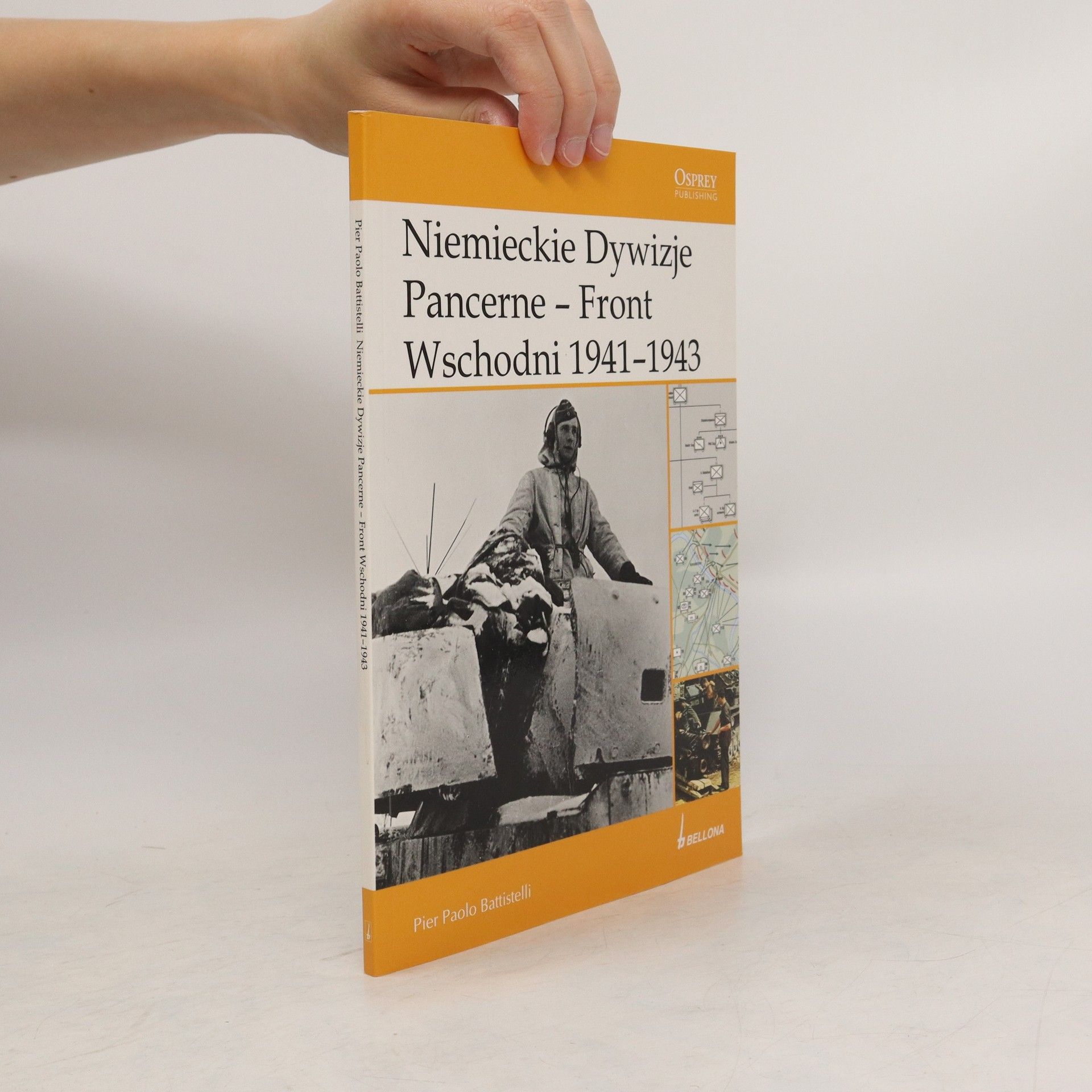El Alamein 1942
- 160 Seiten
- 6 Lesestunden
Focusing on a pivotal World War II battle, this book delves into the strategies and leadership of two renowned generals. The author, a leading historian, provides an in-depth analysis enriched with detailed illustrations and supplementary facts, offering readers a comprehensive understanding of the conflict's significance and its impact on the war's outcome.



